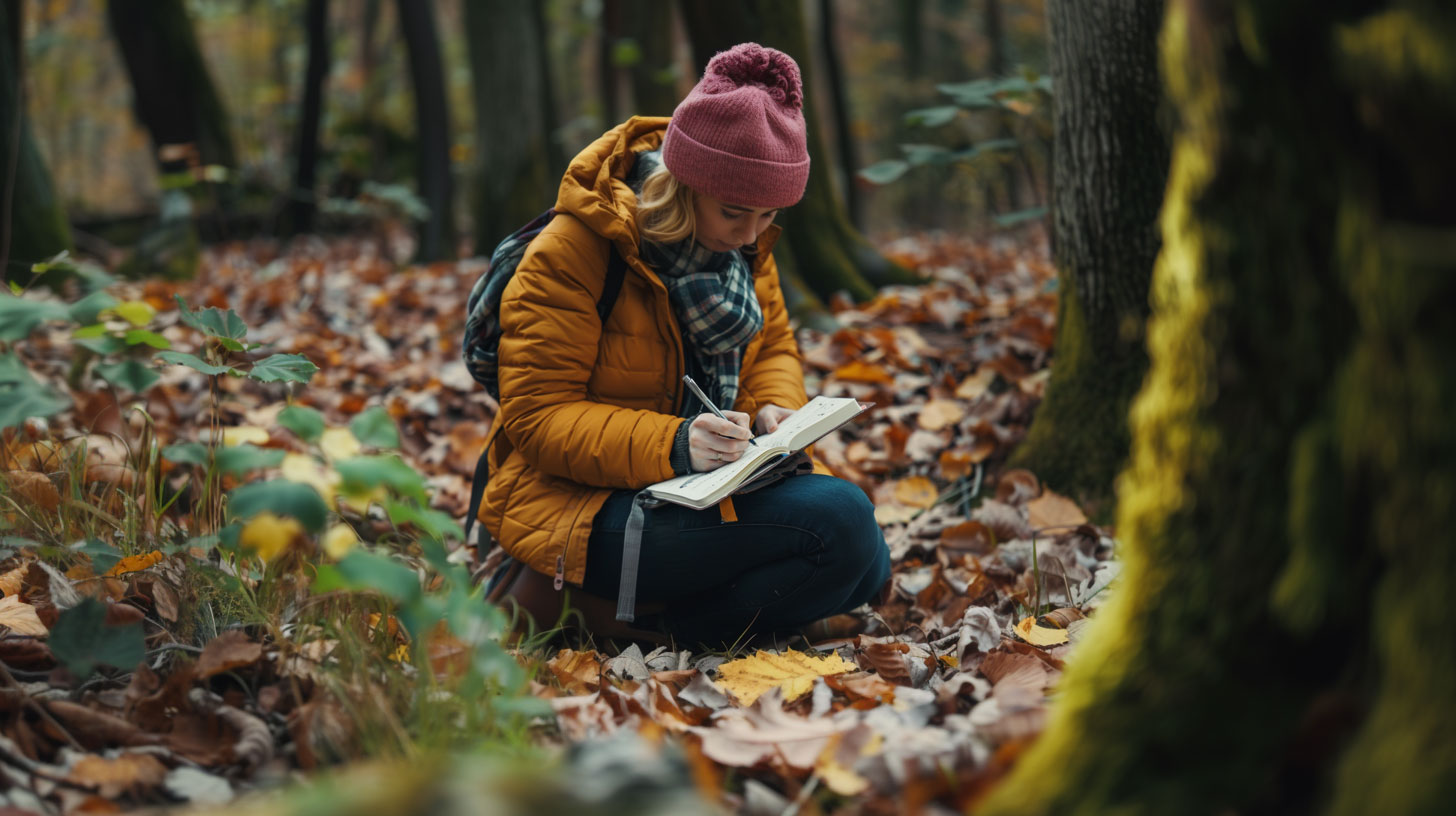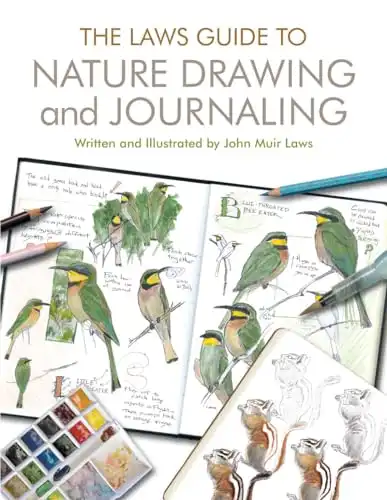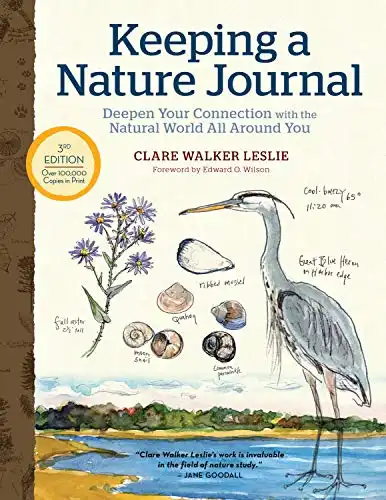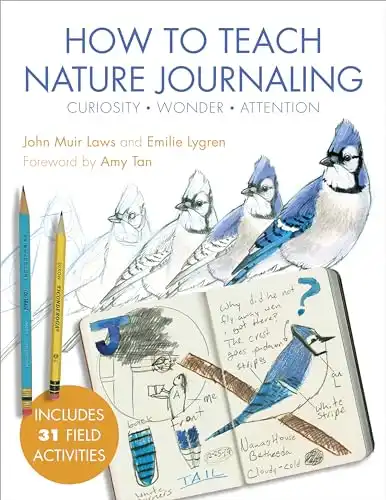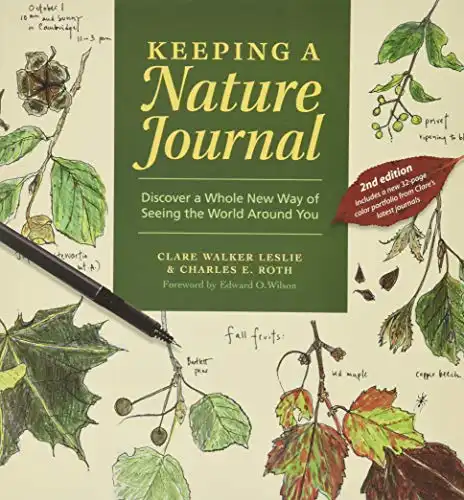Understanding Mindfulness in Nature
As we delve into the art of
What Is Mindfulness ?
Mindfulness is a practice that invites us to be fully present in the moment, aware of where we are and what we’re doing, without being overly reactive or overwhelmed by what’s going on around us. It’s about observing our thoughts and feelings from a distance, without judging them as good or bad. When we engage in
As we explore nature-based mindfulness techniques, we begin to understand how
Benefits of Nature on Well-being
The natural environment has long been recognized as a catalyst for mental and physical health. Research has shown that spending time in nature can lead to a reduction in symptoms of stress, depression, and anxiety (Source). These restorative effects are not just fleeting moments of relief but can translate into long-term well-being.
| Psychological Outcome | Effect |
|---|---|
| Stress Reduction | Significant |
| Improved Mood | Positive |
| Enhanced Attention | Noticeable |
| Emotional Regulation | Improved |
Engagement with the natural world through
The synergy between
The Practice of Nature Journaling
Nature journaling is a serene activity that intertwines the art of writing and sketching with the healing power of nature. It’s where we slow down and take the time to immerse ourselves fully in the environment. Let’s explore the rudiments of
Basics of Mindfulness Nature Journaling
Mindfulness nature journaling is about more than just documenting what we see; it’s about being present in the moment, engaging with our surroundings, and fostering a deeper connection with nature. As we observe and document the natural world, we focus on the present moment, enhancing our awareness of the beauty around us. This practice allows us to be fully present and appreciate the wonders of the natural world, creating a space for reflection and personal growth (Outdoor Yoga).
Personalization is key in nature journaling. We can tailor our journaling experience to include photographs, sketches, poems, or simple reflective writings. This flexibility ensures that our nature journaling practice suits our individual preferences and needs, providing a unique and adaptable outlet for creativity (Sanature Journalers Community).
Practicing
Tools for Nature Journaling
To begin our journey of
- A sturdy journal or notebook, preferably one that can withstand the elements
- Writing instruments such as pens, pencils, or fine liners for clear, precise writing
- Sketching materials like graphite pencils, colored pencils, or watercolor paints to add vibrance to our observations
- A comfortable, portable seat or mat for extended periods in nature
- A camera or smartphone for capturing moments we wish to sketch or write about later
- Optional items like a magnifying glass for closer inspection of nature’s details or binoculars for observing distant wildlife
We may also want to include resources like field guides or plant identification apps to enrich our understanding of the flora and fauna we encounter. And of course, a thermos of tea or a snack can make our journaling session even more enjoyable.
Our nature journaling kit can be as simple or elaborate as we choose. The most important thing is that it supports our practice of mindfulness and allows us to engage fully with the natural world.
As we embark on this journey of
Enhancing Mental Health Outdoors
As we immerse ourselves in the natural world, we discover the profound impact it has on our mental well-being. The practice of mindfulness nature journaling not only fosters a deeper connection with the environment but also enhances our mental health in significant ways.
Stress Reduction Through Nature
We often seek refuge in nature to escape the hustle and bustle of daily life. The tranquility of the outdoors serves as a natural antidote to stress. Engaging in activities like
| Mental Health Quality | Impact |
|---|---|
| Stress | Reduced |
| Depression | Alleviated |
| Anxiety | Lessened |
Furthermore, the act of journaling itself is a therapeutic exercise. Documenting the sights, sounds, and textures of nature allows us to process our thoughts and emotions more effectively, leading to improved emotional regulation. Nature mindfulness exercises give us the tools to manage our stress levels, promoting a sense of peace and contentment.
Boosting Mood with Sunshine
The warmth of the sun is not only comforting but also plays a critical role in enhancing our mood. Exposure to sunlight increases the production of the hormone serotonin in our brain, which is associated with boosting mood and helping a person feel calm and focused. Coupled with
Engaging in
It’s important to embrace the full spectrum of nature’s offerings, from the calming effects of a forest to the invigorating energy of a sunny meadow. Participating in mindfulness nature retreats can be particularly beneficial, offering structured opportunities to harness the mood-boosting effects of the great outdoors.
The synthesis of
Engaging the Senses
As we immerse ourselves in the art of
Observing Nature’s Details
When we practice mindfulness nature journaling, we focus on observing and recording the details of nature that often go unnoticed. We take note of the vibrant hues of leaves, the intricate patterns on butterfly wings, and the gentle rustle of grass in the wind. This practice is not just about seeing; it’s about using all our senses to connect with our environment.
Here’s how we can engage each sense:
- Sight: Look for the variety of colors, shapes, and movements in nature.
- Sound: Listen to the chorus of birds, the whisper of the breeze, and the crunch of leaves underfoot.
- Smell: Inhale the earthy scent of soil after rain or the sweet fragrance of blooming flowers.
- Touch: Feel the rough bark of trees, the softness of moss, or the smoothness of stones.
- Taste: Savor the freshness of the air, or if safely possible, the flavor of edible plants and berries.
By recording these sensory details in our journals, we create a rich tapestry of our experiences that can be revisited to evoke memories and emotions.
The Role of Sensory Experience
Sensory experiences are not merely passive encounters; they play a critical role in grounding us in the present moment. As we tune into our senses, we become more aware of the present, a core element of
The Sanature Journalers Community emphasizes the importance of utilizing all our senses to explore the natural world. This holistic approach to
Regular engagement in this sensory-rich practice can lead to numerous benefits, such as reduced stress levels, improved emotional well-being, and increased resilience. It allows us to cultivate gratitude, feel interconnected with the natural world, and foster a sense of inner peace and harmony. For more information on the benefits of nature mindfulness, visit our dedicated page.
In conclusion, by engaging our senses in
Creative Expression in Journaling
When we engage in
Writing and Sketching
In the act of writing and sketching, we document our personal encounters with nature. It is a practice that can rekindle our creative expression, as some of us rediscover the joy of drawing and creativity by focusing on the flora and items within our own backyards. This method of capturing the local environment serves not only as a record of personal observations but also as a catalyst for artistic expression (Nature Journaling Week).
Our daily
Mindfulness nature journaling involves more than just noting what we see. It encompasses writing, sketching, and reflecting on nature’s beauty, contributing to a deeper understanding and connection with the world around us (SANatureJournalersCommunity). Engaging in this practice can lead to improved mental health, increased self-awareness, and enhanced creativity, as we express ourselves through our observations and reflections on nature’s splendor.
Embracing Imperfection
An integral part of
Practitioners may find a sense of liberation and authenticity by acknowledging and embracing imperfections in their journaling. This can lead to a deeper connection with nature and a more profound understanding of oneself. As we let go of the pressure to create a flawless journal, we can truly appreciate the wonders of the environment and our unique place within it.
Our journals can be personalized to our preferences, incorporating photographs, sketches, poems, or simply reflective writings. This flexibility allows each of us to tailor the practice to our individual needs and personalities.
As we build our
Building a Mindful Routine
Creating a routine around
Incorporating Journaling into Daily Life
Incorporating
To make journaling a habit, we can link it to other daily activities. For instance, we might decide to spend ten minutes journaling after our morning
For those who prefer a more structured approach, creating a weekly double-page spread in our journal can provide a framework for our entries. This allows us to document our observations over the years creatively and without pressure, as we don’t have to make entries every day or week.
Tracking Progress Over Time
As we continue to practice
We can also reflect on our personal growth by looking back at our past journal entries. This can show us how our observation skills have improved, how our creative expression has evolved, and how our emotional connection with nature has deepened over time. Nature journaling can rekindle our creativity, as we may rediscover drawing and creativity by focusing on local flora and items in our garden, as reported by Nature Journaling Week.
Additionally, we can create a simple table or checklist within our journal to note specific elements we’ve observed or the frequency of our journaling sessions. This can motivate us to continue our practice and observe the benefits it brings to our mental health, such as increased self-awareness, emotional regulation, and a greater sense of calmness and inner peace, as noted by Sanature Journalers Community.
By building a mindful routine around nature journaling, we not only cultivate a deeper connection with the natural world but also enhance our mental health and overall wellness. It’s a journey of personal discovery that aligns us with the rhythms of nature and the landscapes of our inner selves. For more ideas on how to engage with nature mindfully, explore our nature-based mindfulness techniques and discover the benefits of nature mindfulness.
FAQs (Frequently Asked Questions)
Mindfulness nature journaling is a practice that combines the act of being present and fully engaged with the natural world around us, with the act of writing and sketching. It involves observing, reflecting on, and documenting the natural environment, which can enhance our awareness and appreciation for the beauty around us, fostering personal growth and a deeper connection to nature.
Engaging with nature mindfully can significantly reduce symptoms of stress, depression, and anxiety, leading to improved mood, better emotional regulation, and enhanced attention. The synergy between
To begin nature journaling, you will need a sturdy journal or notebook, writing and sketching materials, a comfortable seat or mat, and optionally, a camera, magnifying glass, or binoculars. Personalizing your journaling kit with items that support your
Nature journaling promotes stress reduction, boosts mood, and enhances mental health by encouraging us to focus on the present moment and the sensory experiences offered by nature. Documenting nature’s sights, sounds, and textures can help process thoughts and emotions, leading to improved emotional regulation and a sense of peace.
Incorporating nature journaling into your daily life can be simple. Carry a small notebook during walks, set aside time each day for reflection and writing, or link journaling to another daily activity. Consistency and regular engagement with nature are crucial for deepening your

